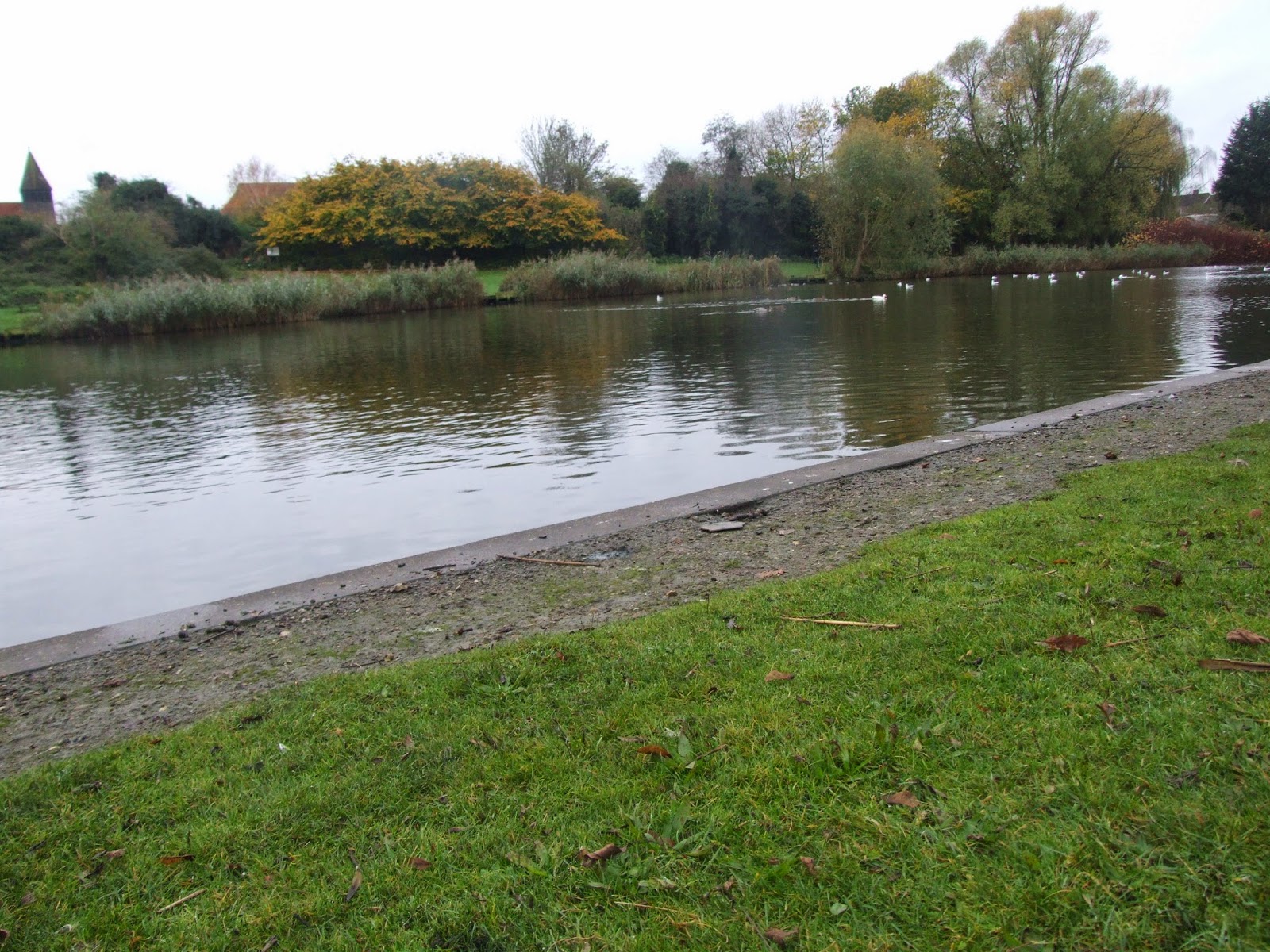Ansel Adams
Ansel Adams, one of the most famous photographer of all time, was born in California. He joined the Sierra Club in 1919 and spent the first of four summers in Yosemite Valley, where some of his most famous photographs was taken. I admire Adams' work because he finds the correct spots to take pictures which show nature in an adventurous and magical way. His pictures do not contain people - they only consist of nature and this adds the idea of adventure and curiosity to his work. I find his work appealing because the angles in which the pictures are taken at are spot on and I think this brings talent and excitement to his work. After looking at more of his work, I started to find similarities as well as differences and this makes it even more interesting to look at.
In this picture, tone and depth are strongly portrayed. We can see the different shades of black and white all over the photograph and depth is shown by the river getting smaller and smaller, making it the main focus in the picture. By doing this, Adams is able to give out a sense of mystery as the viewers aren't able to see what's beyond the river.
The angle of this picture is incredibly high, automatically making it exciting and to add to this excitement, the element of line is being used as we can see the river is acting as a leading line and eventually disappears completely, evoking feelings of curiosity in the viewer. Depth is also shown as the river gets smaller towards the middle of the picture, this gives the viewer the feelings that this river is endless.
In this picture, the elements of lines, tone and depth are re-visited, however, form is also shown in this as some areas contain shadows, emphasising on the 3-dimensional element of the rocks. This also makes this place look powerful as the viewer is made to understand that the rocks are massive.
I find this picture interesting and exciting. It's almost as if the viewer's being invited to take a trip down this lake/river. Because of the angle, the element of depth is shown as it looks like the lake/river starts here and goes through the mountains. This creates an illusion and makes the viewer think that the lake/river is bigger than it really is. Tone is being portrayed in the sky and the mountains, making it look even more exciting and adventurous.
As I looked at his work, I found that it was extremely repetitive and overtime, I got bored with it as the same concept was used in pretty much all of his photographs. Despite this, his use of the elements is exceptional. No colour is used in Adams' pictures so he uses tones to replace this element and it works just as well. I would like to do this in the future as I think it may give my pictures a more original look and give me the chance to show off the different tones that can be found. I also want to try looking at depth in different angles; this would be good to experiment with.
This photographer has influenced me as I now look at scenery pictures differently. I can now pick out all the different elements used and figure out how the photographer has emphasised a particular element. I am also now more fond of black and white photographs, before I didn't find them as interesting; I thought they were all too similar and boring. However, after looking at Adams' work, I soon found that I was wrong, black and white photographs can be just as interesting as coloured photographs as the tones in the pictures can make it seem colourful.
I think these pictures have similar elements to Adams' work. I liked the way he would photograph his pictures at low angles so I decided to try taking a few pictures like this and see how this works for me. I found that this a great technique to use if I want to emphasise on a specific part in the scene. I have started using this low angle technique much more as it makes my pictures look so much better and allows me to show more depth in my images.
To summarise, Adams' work is unique and recognisable; his black and white photographs of scenery show tone, form, depth as well as contrast. They emphasise these elements, grabbing his viewer's attention and keeping them interested in his work. His techniques are repetitive but it works each and every time. However, by using the same techniques over and over again, his pictures have become extremely similar. He is still a remarkable photographer with unique taste.
This photographer has influenced me as I now look at scenery pictures differently. I can now pick out all the different elements used and figure out how the photographer has emphasised a particular element. I am also now more fond of black and white photographs, before I didn't find them as interesting; I thought they were all too similar and boring. However, after looking at Adams' work, I soon found that I was wrong, black and white photographs can be just as interesting as coloured photographs as the tones in the pictures can make it seem colourful.
I think these pictures have similar elements to Adams' work. I liked the way he would photograph his pictures at low angles so I decided to try taking a few pictures like this and see how this works for me. I found that this a great technique to use if I want to emphasise on a specific part in the scene. I have started using this low angle technique much more as it makes my pictures look so much better and allows me to show more depth in my images.
To summarise, Adams' work is unique and recognisable; his black and white photographs of scenery show tone, form, depth as well as contrast. They emphasise these elements, grabbing his viewer's attention and keeping them interested in his work. His techniques are repetitive but it works each and every time. However, by using the same techniques over and over again, his pictures have become extremely similar. He is still a remarkable photographer with unique taste.







No comments:
Post a Comment